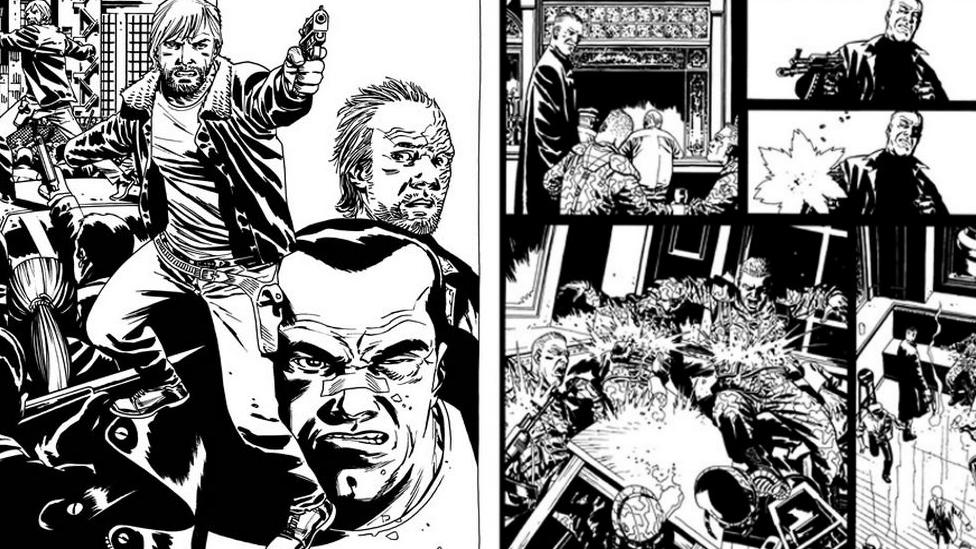'Gosh, a woman with a comic shop'
- Published
Holly Ringsell is the proud owner of Dark Side Comics
If you believe superheroes are just for men and boys, Holly Ringsell would urge you to think again. The pioneering 26-year-old, who runs her own comic book shop, lifts the lid on what it's like being a woman in what is traditionally a male-dominated environment.
The delivery man arrives with a large cardboard box. Following him through Dark Side Comics in Chelmsford is the fluorescent-haired Miss Ringsell.
She beckons him towards the rear of the store, where there's enough space to put the box down on the floor.
The delivery man has to steal Miss Ringsell's attention away from the package to get a signature.
Moments later, he's off. And she's in, slicing through tape and tearing open the box flaps.
Today is Wednesday. Miss Ringsell likes weekends, but she loves Wednesdays.
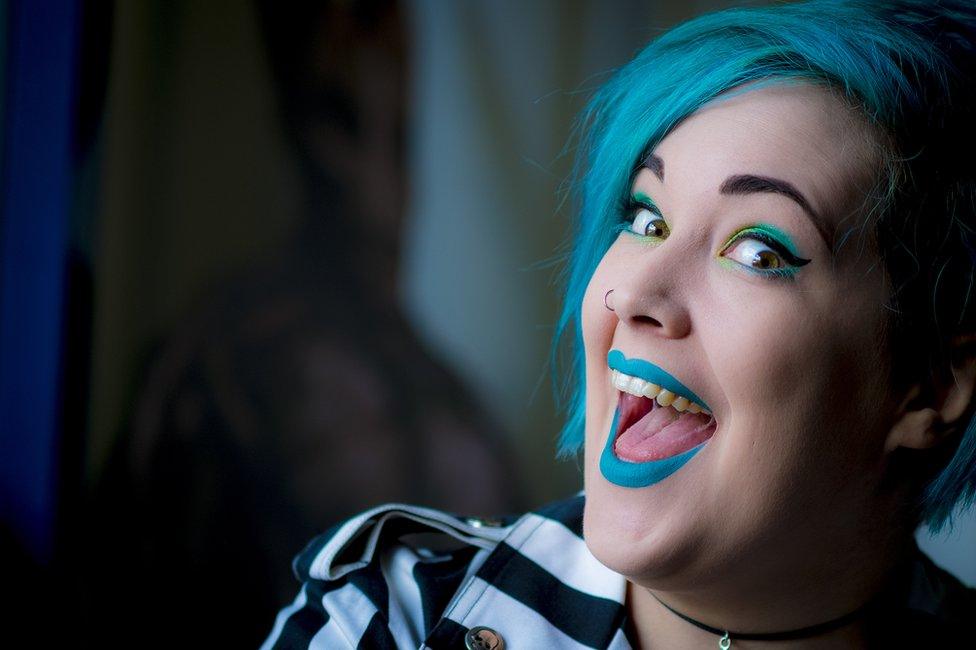
"Wednesdays are awesome," she says. "It's when all the new comics and merchandise come out."
The scent of fresh ink, paper and cellophane wrap draws in comic lovers from across the city and beyond, eager to get their hands on the very latest output from the comic world.
"There's a strong community feel on Wednesdays," says Miss Ringsell. "People will talk about what they're reading and strike up conversations."
What is now Miss Ringsell's career began as a youthful pastime.
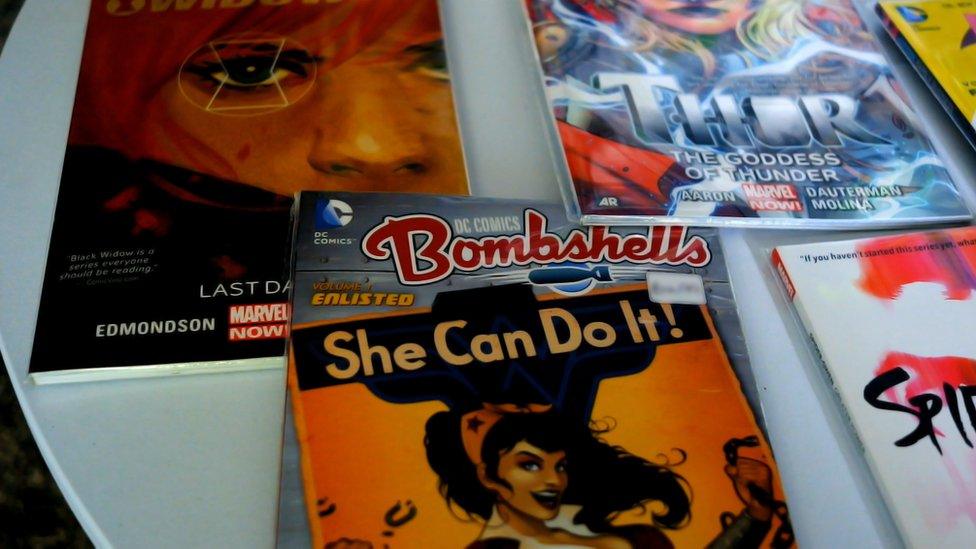
These days there are female characters for all ages, says Miss Ringsell
"My love of comics started when I was pretty young," she says. "My dad was the one who got me into animated movies and comics.
"I used to do a lot of drawing as a kid, and comics seemed a natural thing to draw from.
"He would bring me home comics and I would read them and then draw from them."
Her first comics were from the X-Men series before she moved on to Batman - "the coolest", says Miss Ringsell. Her first Batman comic was the 1988 graphic novel Batman: The Killing Joke by comic book legend Alan Moore, whose other works include Watchmen and V for Vendetta.
By the age of 14, she was hooked.
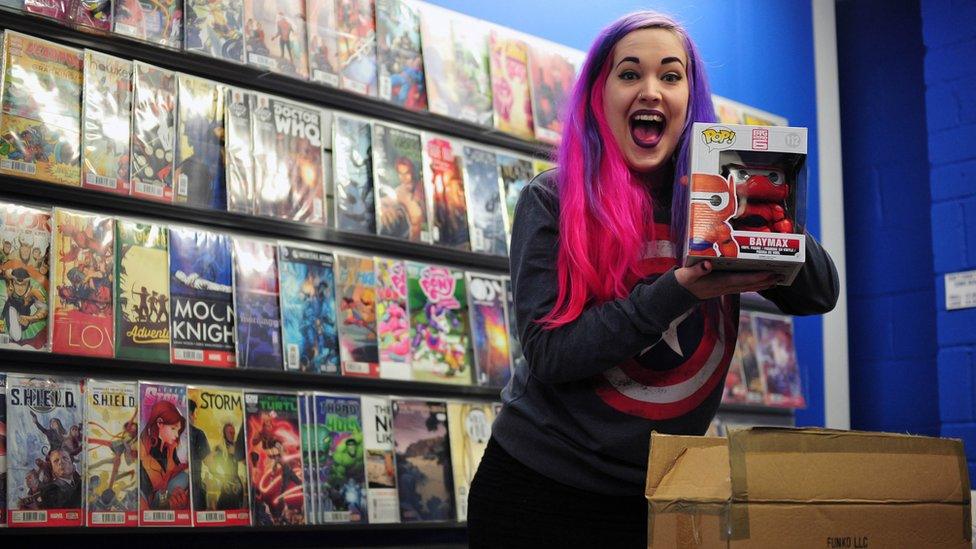
But her passion for comics isn't something that others always readily accept.
"I have had the odd comment here and there and people usually assume I either just work here or that I am someone's wife or daughter," she says.
"I have even had telesales people phone up and say: 'gosh, a woman with a comic shop', and I am like, 'yes, a woman with a comic shop'.
"It can be a male-dominated industry, but we are fighting through."
And the battle hasn't simply been one of challenging the occasionally sexist attitudes of customers and callers, as Miss Ringsell explains.
"The 1990s was a terrible time for female characters in comics - a lot of them ended up chopped up into bits or put in fridges," she says.
"Female characters were being murdered as plot devices for male protagonists, or they were there just to be looked at.
"There are some really great female characters now. Personally, my favourites are Batgirl, Squirrel Girl and Jem and the Holograms.
"There are now female characters for all ages."

The famous and not-so-famous female comic stars
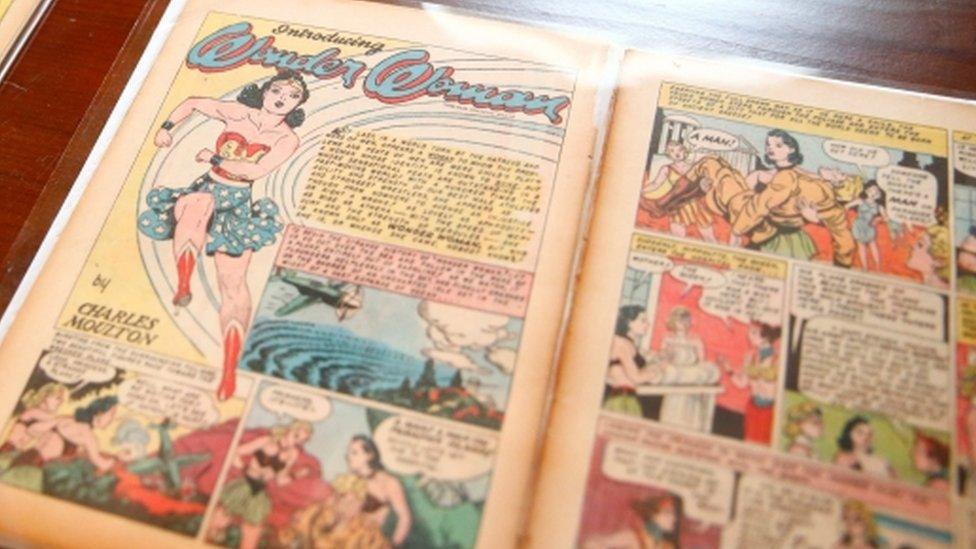
Wonder Woman: She has superhuman strength, speed and fighting skills. Oh, and she got her very own comic title in 1942
Mystique: The shape-shifting, blue-skinned mutant first appeared in Ms Marvel in 1978
Moongirl and Devil Dinosaur: Lunella Lafayette is a young girl and super genius who wants to change the world for the better
Snotgirl: Published last year, this tells the story of social media star Lottie Person who has mucus issues

Olivia Hicks, a doctoral research student of British and American comics at the University of Dundee, points out there is a rich history of strong female characters.
As far back as the 1930s, there was Lois Lane who, when Superman failed to save the day, would set about sorting out whatever crisis needing dealing with.
And in the 1940s, as well as Wonder Woman, there was Miss Fury, who would don a catsuit that gave her increased speed as she fought against Nazi agents.
"She was such a fantastic character," says Ms Hicks, whose own current favourites include Mark Waid's Archie, Hawkeye and Jem and the Holograms.
"There have been strong female characters in British comics too, stretching back to the first girls' comic, School Friend, and its cover stars The Silent Three - which were drawn by a woman, Evelyn Flinders - who donned robes to solve mysteries and foil bullies at their school.
"Popular characters like Bella at the Bar (Tammy) and Valda (Mandy) exhibited immense courage and strength and, in the case of Valda, often refused to listen to authority figures. It was her way or the highway."
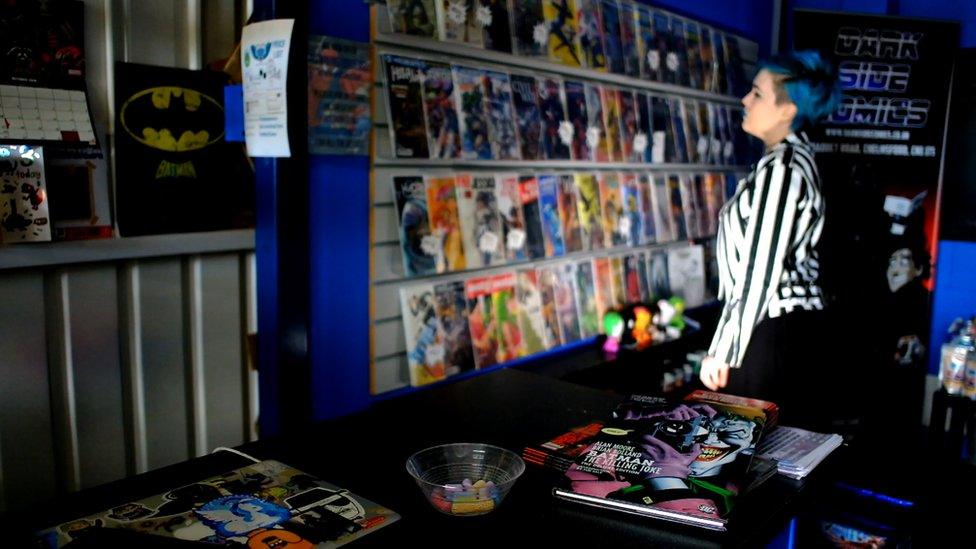
Miss Ringsell believes one of the biggest shifts in contemporary comic depictions relates to body diversity.
"All the women used to have the same body. It was the hourglass body only.
"There are now more body types for both men and women.
"I never understood why they made She-Hulk skinny because, surely, she should be enormous.
"And I think it is really important that women have strong role models whether on television, in films or in comics.
"If you start with someone like Batgirl or a Spider-Gwen, you have a strong female character from the off rather than women being there to be either saved or stared at."
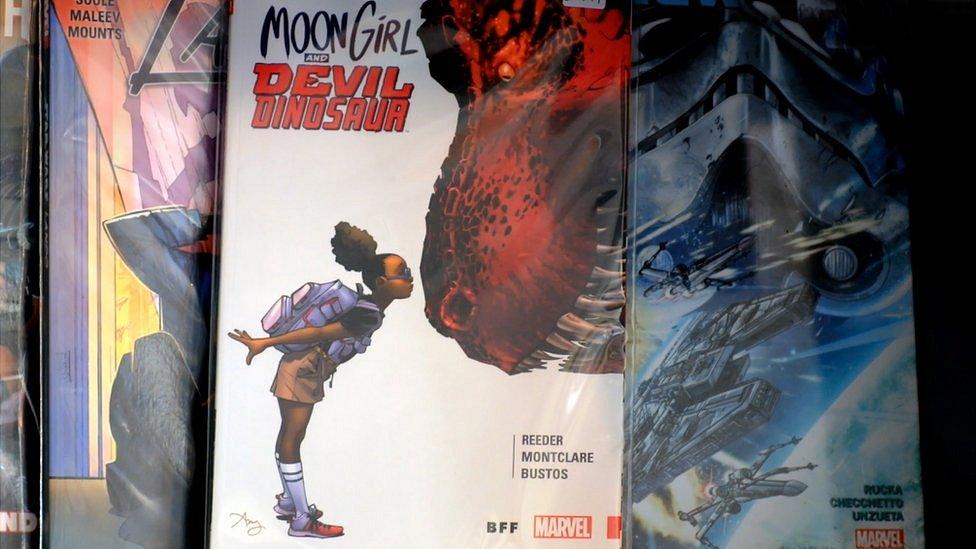
Not all female characters in the comics of today bear the hourglass curves of yesteryear
But what of diversity of tone and plot dynamics?
Oxford-based comic creator Kate Brown thinks the larger publishers could be more open-minded.
"I've had scenarios where I've presented ideas that have had to be drastically changed as they were considered too gentle," she says. "That is, I've focused on emotions or concepts of interpersonal drama.
"I was often told to ramp up the excitement by adding action, or high-concept ideas, that kind of thing.
"It's frustrating... and then it's like, do I refuse to do this? Or do I change this to something I enjoy far less so I can get a chance to work in this industry?
"While action-focused or high-concept ideas certainly don't automatically equal 'brainless', it worries me that this kind of reaction from some publishers or editors means we're losing out on work from some wonderful creators, and also losing out on potential readers, too.
"I love comics very much and I think comics can be, and should be, for everyone."

Kate Brown's comic book Fish + Chocolate is themed around motherhood
It's a sentiment shared by Miss Ringsell, who says she has begun to notice a changing demographic in the comic book world.
"I am seeing a lot of younger girls getting into comics, largely from secondary schools," she says.
"A lot of women in comics are making contact with each other and creating our own communities.
"We now feel we are part of a collective."
- Published22 July 2017
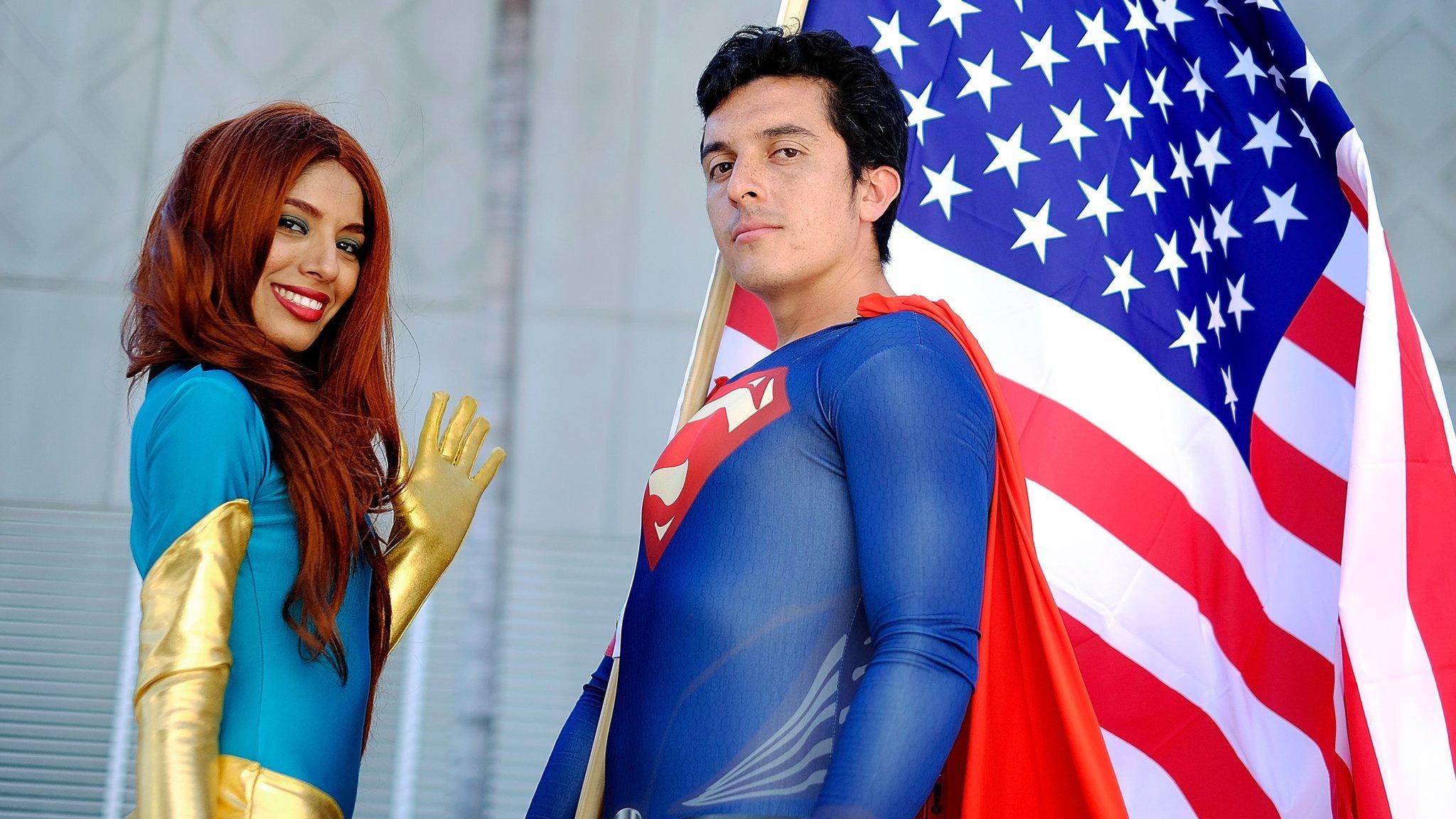
- Published12 June 2016
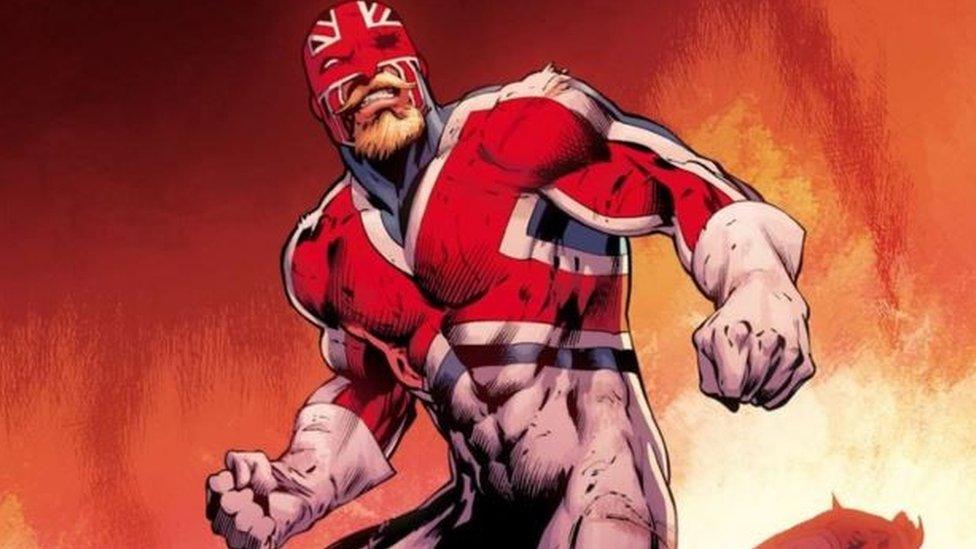
- Published30 May 2017
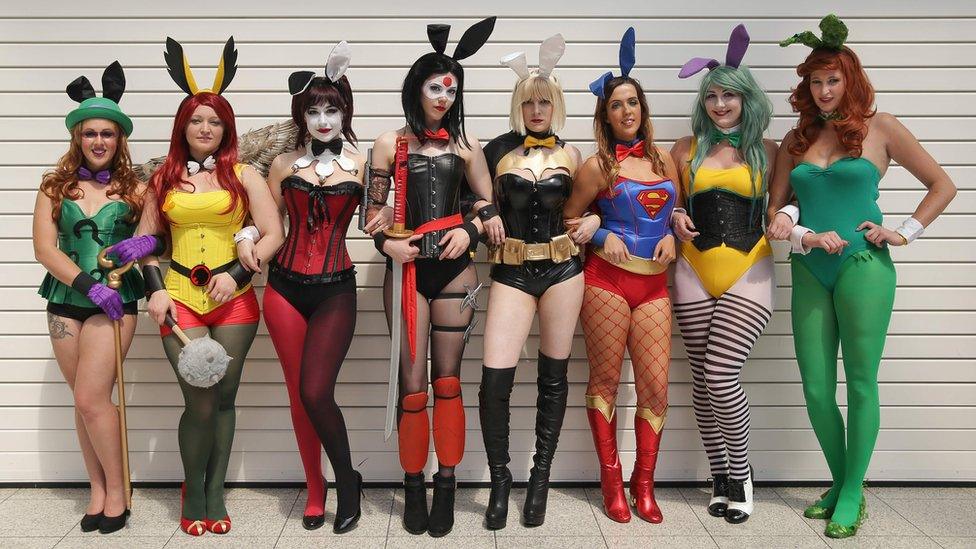
- Published19 April 2016
